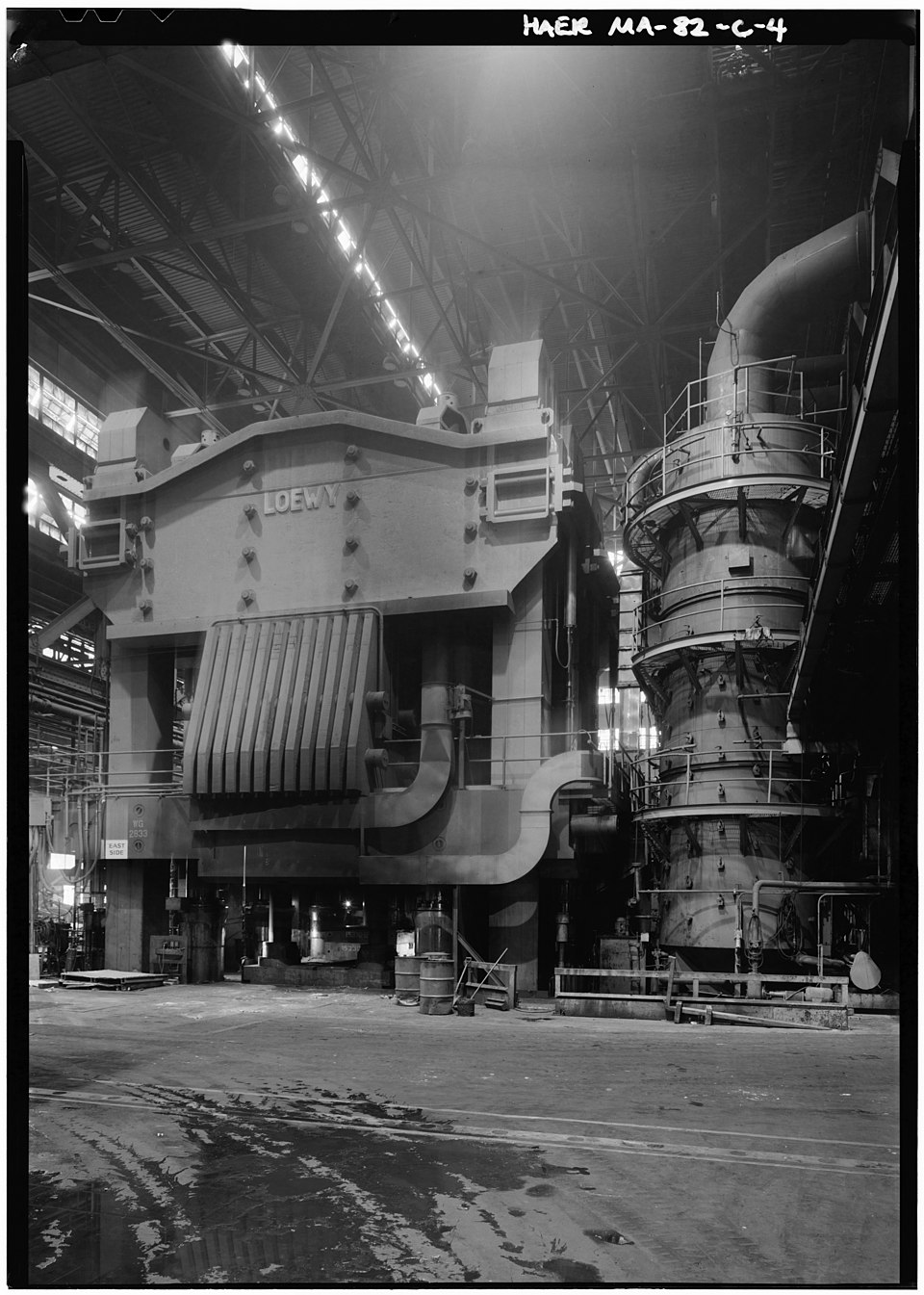you are absolutely right, but i remember Temel Kotil(head of TAI) said that they made engine parts with 3D technology that was 95% as durable as before but was made so fast and very cheap. Turkey started 3D projects more than 10 years ago. i also agree that it might take time even testing the durability of these parts in TFX engine, as its manned and important project, if they use 3D technology to make Goksungur and its engine fast, produce tens of them every year... i will be sooo relaxed and no more threat from air, they would make others think twice until 2029, when TFX get into production... that simple project is enough to go to any war, take it in Syria, in Irag, in Greece and so on.. I think, Turkey really want to get rid of Greece, as it was the only reason they didnt want to start a war in Libya against Egypt, they didnt want to take a risk when there is threat nearby, who are working together... same with Armenia, who made mistake and send threats to Turkey, and Turkey even officially replied that "armenian should stop playing with fire". Thats why, right after that, Turkey started Karabagh war plan, they finished Armenia, made peace on east, and now its Greece turn... imagine French face when their Rafale jet gets downed by Turkish Goksungun drone.. i even believe Turkey will specifically wait for that moment... it will be in all world news... downing second best aircraft nowadays by a drone.. also, first year, Greece wouldnt have much experience on them too..Titanium (And its alloys) is a very odd metal compared to most (this is detailed long subject in itself as to why).
For example its machinability is really bad (compared to say steel).
This has specific considerations to think of and develop when it comes to both hot and cold presses (and tolerances regarding that with economics in mind) depending on both part size and also machining + further heat treatments and applications....again with economics in mind.
The arguably largest non-conventional use for titanium in history was the soviet attempt at submarine hulls using it (specifically to make use of its non-magnetic nature). They made some test examples, but the costs proved prohibitive from the manufacturing end. NATO did not even attempt anything like this, largest bulk titanium app. was kept at most to aerospace skin fab I believe.
The time used, manpower used, research capacity used, CNC tools used etc etc for what you get and the end QC etc must always be considered and balanced.
It is not an easy mainstream metal at all compared to ones (steel etc) that have 90%+ of the core techniques well established and scaled in many more countries.
This is why 3D printing of it would also need heavy RnD with end use QC in mind.
That's why specifically for titanium, there is set of presses and CNC techniques very much concentrated (i.e the investment heavy optimised capital machinery) around where the largest factories of titanium aeroengine parts are in the world. US, France, UK, Canada and Germany I would say are top 5 in western world, roughy in that order too.
Last edited:













